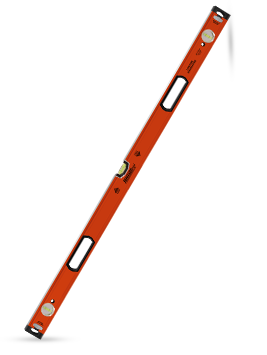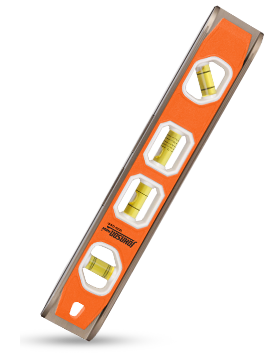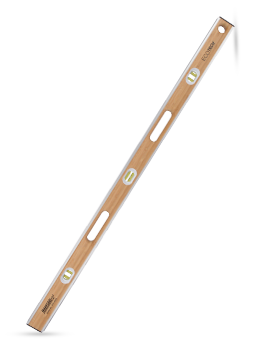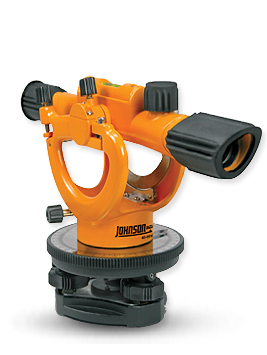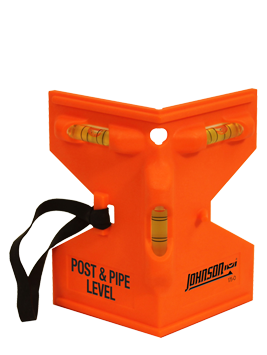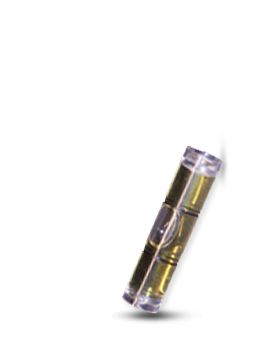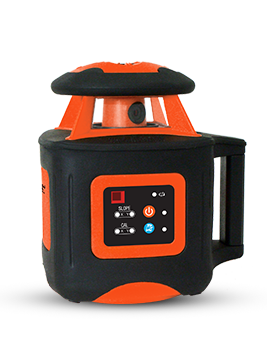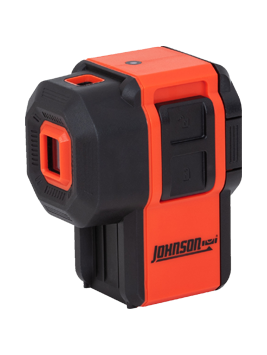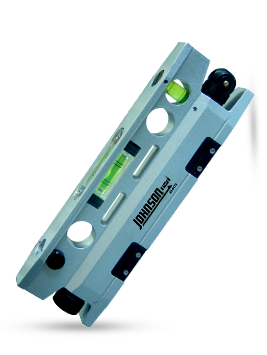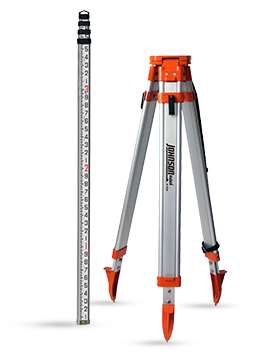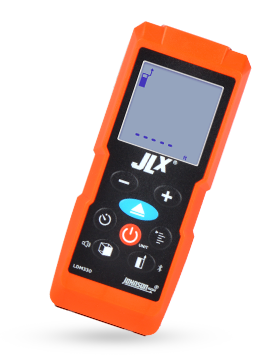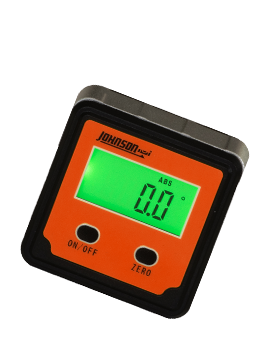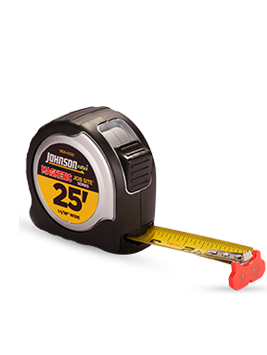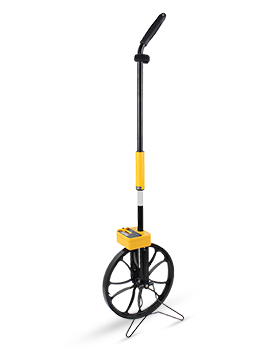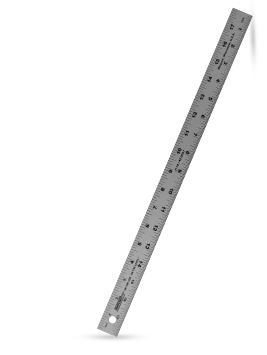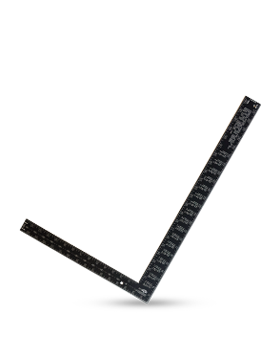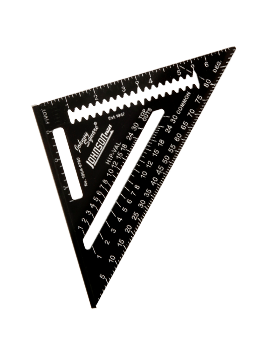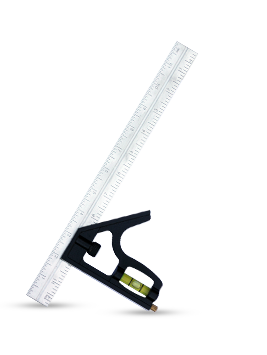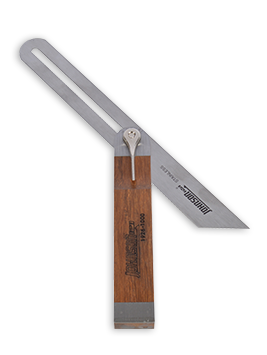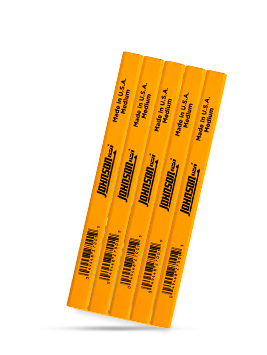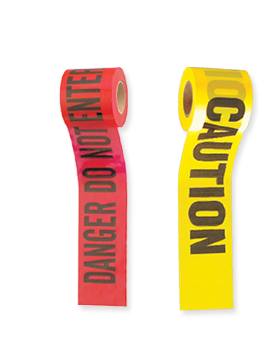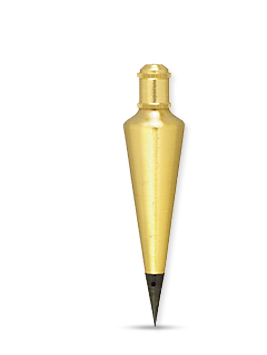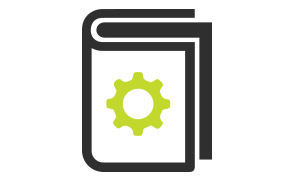Transit Levels: All About Transit Levels
Transit Level How To's
- How to Read a Transit Level
- How to Set Up a Transit Level
- How to Use a Transit Level
- How to Focus a Transit Level
- How to Choose a Transit Level Tripod
- Parts of a Transit Level: Anatomy of the Transit Level
View all optical levels from Johnson Level.
What are the Uses of a Transit Level?
A transit level is an optical instrument, or a telescope, complete with a built-in spirit level that is mounted on a tripod. Transit levels are used mainly for surveying and building, but they can be used to determine the relative position of lines and objects as well. Transit levels are very precise. They are used to establish a reference line, but they are also used to provide readings of angles in precise measurements.
Parts of a Transit Level
The basic setup of a transit level consists of the actual transit level, a tripod base, a tape measure, and a calibrated rod. The transit level itself consists of many parts:

PARTS OF A TRANSIT LEVEL |
|
|---|---|
| PART | DESCRIPTION |
| Telescope & Locking Levers | Holds lenses magnifying objects in sight |
| Detachable Sunshade | Used to block sunlight from affecting objects being sighted |
| Graduated Leveling Vial | Used to level the telescope on its base |
| Horizontal Vernier Scale | Moves around main scale determining horizontal angular readings too small to read on main scale |
| Graduated Horizontal Circle | Marked by degrees, used for setting and reading horizontal angles |
| Horizontal Clamp Screw | Holds the instrument in horizontal position when tightened |
| Horizontal Tangent Screw | Can be adjusted to make the instrument move left or right on the horizontal plane |
| Graduated Vertical Circle | Marked by degrees, used for setting and reading vertical angles |
| Vertical Vernier Scale | Moves around main scale determining vertical angular readings too small to read on main scale |
| Leveling Screws | Allows adjustments to be made to ensure the instrument is level in all positions |
| Base-Graduated Leveling Vial | The area level attaches to tripod - has spirit level ensuring base is level when attaching transit level |
| Focusing Knob | Can be turned to make objects appear crisp and clear |
| Eyepiece | Located at the viewing end of the telescope, it can be turned to bring the crosshairs into focus |
| Alidade | Entire upper part of level, including telescope and supports, leveling vials, spindle and circle-reading device |

Telescope
The telescope, including the locking levers, is located at the top of the transit level. Like the builder's level, the telescope on a transit level moves horizontally around a complete circle. The horizontal circle is marked at each degree and has measurements up to 360°. Unlike the builder's level, the transit level also moves vertically 45° in either direction.
The telescope contains many parts. The objective lens sits at the end of the telescope. It catches the object being sighted and, with the help of the other lenses inside of the telescope, magnifies the object.
At the opposite end of the objective lens sits the eyepiece. This is the part of the telescope that the user looks into.
Inside the eyepiece are crosshairs running horizontally and vertically. Rotating the eyepiece allows the crosshairs to become focused and clear. There is a focusing knob located on the barrel of the telescope. This is used to focus crisply on the object being sighted.
Stadia lines are short horizontal lines that are located in the eyepiece above and below the horizontal crosshair. The stadia lines get bisected by the vertical crosshair which allows the user to find out the distance of the object being sighted.
Graduated Leveling Vial
The graduated leveling vial is also known as a spirit level. The spirit level is used to level the telescope while it is being placed on the base and works much like a traditional hand level. The leveling vial is placed above or below the barrel of the telescope. In addition to the graduated leveling vial parallel to the telescope, there is also another spirit level built into the base that is used to level the base of the transit level.
Base Plate
The base plate of a transit level is the area in which the level is attached to the tripod. There are three different kinds of base plates, each with specific instructions for attaching instruments to. When using a threaded instrument base, it can be screwed to the threaded tripod head. When using either a flathead or a dome head tripod, there is a center bolt that is located on the bottom of the tripod that will need to be screwed into the level.
Alidade
The alidade is the entire upper part of the transit level. It consists of the telescope, the leveling vials, a circle-reading device, and a spindle. The alidade is mounted on the alidade spindle, which is the inner center of the instrument. The telescope and the verniers are located above the spindle.
Verniers
A vernier scale is a scale that moves around the main scale and is used to determine angular measurements that the original scale cannot read. Most transit levels use double verniers, allowing the angles to be read in multiple directions. There are many different graduations on vernier scales, depending on the level of accuracy needed.
How to Choose a Tripod
When preparing to set up a transit level, it is important to make sure you have the right tripod. As stated earlier, tripods have different types of heads.
- When using a 5/8" center bolt mount: the protective cap from the tripod head should be fitted onto any of the tripod's legs using the attachment found on the cap.
- When using a threaded tripod head mount: remove the threaded protective cap and set aside. Unthread the level from the case mount and screw on the tripod head. After being connected to the tripod head, thread the protective cap onto the case mount.
Once you have found the correct head for your instrument, you can start your set up.
 How to Read a Transit Level
How to Read a Transit Level
- Locate the eyepiece. This can be turned to bring the crosshairs into focus.
- Up the scope of the level is the leveling vial.
- The knob at the end of the scope is the focusing knob.
- The horizontal graduated circle is the circular guide marked with degrees, used for reading horizontal angles.
- The horizontal tangent knob is just above the horizontal graduated circle, used to adjust left and right.
- The vertical tangent knob is located on the near side of the scope on the right, used to adjust up and down.
- The vertical lock knob is just past, and locks the vertical direction in place.
- The leveling screws are just below the horizontal graduated circle. These can be adjusted to keep the device level.
- Some levels have a detachable sunshade to block sunlight from the lens.
How To Set Up a Transit Level
- Remove the level from the carrying case.
- Place the level directly on the tripod head.
- Thread or bolt the transit level onto the tripod base.
- Remove the protective lens covers and place them in the carrying case.
- Place the sunshade on the telescope.
- Your transit level is mounted.
How To Use a Transit Level
- Make sure that the tripod is stable and securely planted before starting the leveling process. It is important to do this step to make sure the instrument will not tip over while doing the leveling process.
- Make sure that the attachment between the transit level and the tripod is secure.
- Make sure the four leveling screws are not too tight against the leveling base plate.
- First position: line up the telescope until it is located directly over a pair of leveling screws. Using the leveling screws, center the bubble in the spirit vial.
- Placing both of the leveling screws between your thumb and forefinger; turn both screws at the same time in opposite directions and watch for movement in the graduated spirit vial.
- Move thumbs together in or out. The bubble will follow the left thumb.
- Second position: when the bubble is centered, rotate the telescope 90°.
- Repeat the thumbs in, thumbs out action until the bubble is centered in the second position.
- Turn the telescope back to the first position and make the proper adjustments to ensure that the instrument is still level.
- Move the instrument through various stages of the 360° and check if the instrument is level at all points.
If the instrument is not level at all points, the final check must be done again until the bubble is centered at each point. If the bubble is still not being centered, there may be damages to the leveling instrument.
How to Focus a Transit Level
After making sure your instrument is level at all leveling points, the next step is focusing the transit level.
- The first step in this process is to aim your telescope at an object. It should look blurry, but turning the eyepiece either left or right should make the object appear clearer.
- After focusing the eyepiece, point the telescope directly at the specific target. While keeping the crosshairs in focus, use the focusing knob to make the specified object appear sharp. A level grade line, or reference line, is a sight line that is established through the telescope. It is created at the horizontal crosshair, and requires two workers to establish.
Marking a Reference Line
- The operator looks through the eyepiece of the telescope while an additional worker holds a graduated staff or tape measure vertical at the point under measurement.
- The instrument and staff are used to gather or transfer elevations during site surveys and building construction.
- Measurement starts from a benchmark with a known height, or an arbitrary point with an assumed height.
Helpful Hints for Transit Levels

- When the objective lens is not in use, it should be covered with a lens cap to prevent damage to the equipment.
- Detachable sunshades are useful in preventing glare and protecting the objective lens.
- Do not lift your level by the telescope; always be sure to lift it by the base.
- Make sure you turn both screws at the same time and rate when leveling a transit level.
- Make sure the transit level is level around all 360° of direction; if this is not done, the measurements will be incorrect.
- Make sure the leveling screws are not too tight - over tight screws need to be loosened for the most accurate results.
- If the leveling screws are too tight, it can warp the base plate, causing permanent damage.
- Do not look at the sun through the telescope.
- Keep both of your eyes open when looking through the telescope. This will avoid tiring your eyes and eliminate squinting.
- The image being sighted will be sharpest when it is quartered by the crosshairs; this is the most accurate place on the lens.
- The jumping of an image is called parallax. With each movement, adjust the focusing knob until the image stops jumping.
- Do not touch the tripod at any time after the transit level is mounted. This can cause problems with the measurements as well as the accuracy of the level.
Transit Level vs Builder's Level
Transit levels are very similar to builder's levels. When the telescope of a transit level is locked into place, it works almost exactly like a builder's level. There is one main difference between a transit level and a builder's level. A transit level, when not locked into place, can tilt only vertically and has a very limited range of mobility. This differs from the builder's level which can move horizontally in a complete circle.
Transit levels, with their vertical movement mechanism, are great tools for measuring vertical angles. Transit levels are also preferred over other leveling tools for establishing straight lines as well as turning angles.
View all optical levels from Johnson Level.
Visit our how-to guides on levels and tools for more how-to information.
©2010 Johnson Level & Tool Mfg. Co., Inc.

